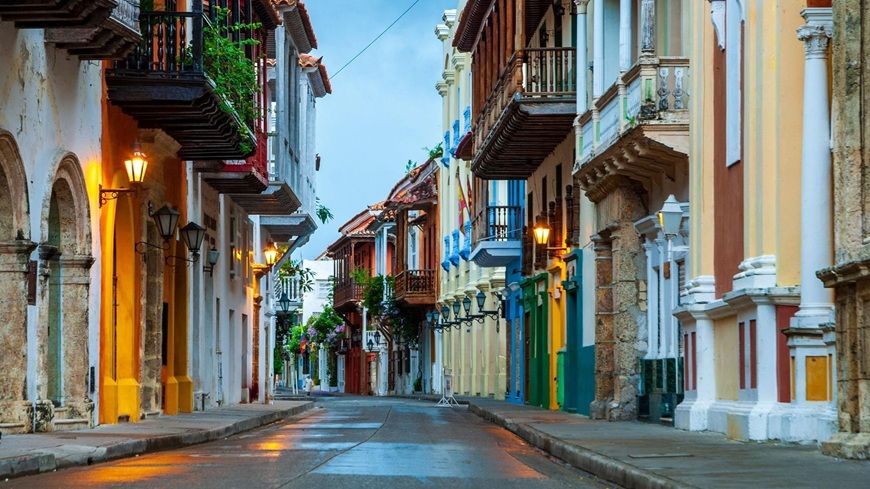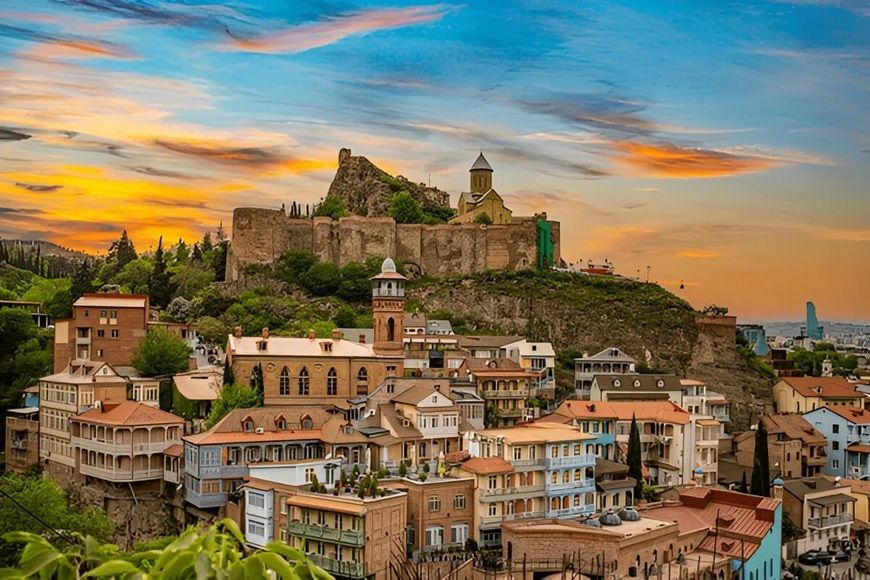Ask GRAI Anything
Your Real Estate Questions, Answered Instantly via Chat


Help us make GRAI even better by sharing your feature requests.

Ten years ago, “digital nomad” meant a backpack, a laptop, and an airport floor. Today, it’s an economic force.
There are now over 40 million remote workers globally, and more than 70 countries have launched digital-nomad or remote-worker visa programs.
This shift has quietly rewritten global housing demand - turning lifestyle cities into real estate ecosystems of their own.
And at the center of it all still sits the original remote-work capital: Chiang Mai, Thailand.
Must Read: Digital Nomads in Thailand 2025: Property & Investment Guide
Chiang Mai has long been shorthand for the “work-from-anywhere” dream - walkable streets, low living costs, creative energy, and hundreds of coworking cafés that double as life planning spaces.
Current snapshot:
1-bedroom condo (Nimmanhaemin): $450-600/month
Street food lunch: $2
Coworking desk: $100/month
Long-Term Resident (LTR) visa fee: ~$600 annually
Air quality (Feb–Apr): PM2.5 > 150 (hazardous levels during burn season)
Still relatively cheap - but rising fast. Local landlords now price units in USD; digital nomads are effectively dollarizing the Thai rental market. Rents have climbed 3-7% since 2022, with condos that once catered to retirees now marketed to YouTubers and startup founders.
The trade-off: Affordability vs. Air.
For three months a year, pollution forces many to relocate - usually to coastal Thailand, Vietnam, or Indonesia.

Lisbon became Europe’s digital nomad hub during the pandemic. Then came the boom - and the backlash.
Average rent: €1408/month .
“Digital Nomad Visa”: launched 2022, now being politically contested.
Climate: near-perfect year-round; one of Europe’s most walkable capitals.
Nomads love Lisbon’s community, language accessibility, and flight links. Locals resent that the same influx has priced out entire neighborhoods like Alfama and Santos.
Lisbon is now a case study in how global work mobility transforms local housing markets faster than policy can adapt.
Also Read: Lisbon Real Estate Market Trends in 2025

Bali’s rental market exploded in 2023-2024, especially around Canggu and Uluwatu. Instagram fueled the migration; developers followed.
1BR villa rental: $1,200-1,800/month.
Long-term leasehold ownership (foreigners): 25-30 years typical.
Electricity, water, and import costs up 20% YoY.
Bali remains irresistible for lifestyle ROI, but infrastructure lags - power cuts, water shortages, and traffic gridlock are daily realities.
For investors, yield remains strong (6-8%) but maintenance and regulation risk are real.

Two rising stars are capturing what Chiang Mai and Lisbon once represented: livability, value, and momentum.

1BR apartment: $550-700/month.
Remote-worker visa: 2 years renewable.
Climate: “eternal spring.”
Digital nomad density: up 40% since 2022.

1BR in city center: $500-800/month.
1-year visa-free entry for most nationalities.
10% flat income tax for entrepreneurs.
One of the easiest ownership processes for foreigners.
Both are emerging as “next cycle” hubs - cheaper now, but with the same eventual pattern: rapid rent inflation once mainstream adoption hits.
Digital nomads aren’t just travelers - they’re a new global tenant class.
Remote workers spent over $450 billion globally in 2024 (MBO Partners).
Cities offering nomad visas report 10-20% jumps in short-term rentals converted to long-term leases.
Emerging markets are using housing and visa policy as tools to attract mobile income - “brain import” via broadband.
But there’s a dark side: the same money that sustains cafés and coworking spaces often inflates local rents faster than wages. Lisbon, Bali, and Chiang Mai are now wrestling with their own version of “gentrification by Wi-Fi.”
Related: Asunción Real Estate Guide for Digital Nomads 2025
The smartest remote workers aren’t just moving - they’re modeling.
Nomads as micro-investors: some are buying small condos in emerging hubs as rental bases for future income.
Hybrid lifestyles: splitting time between high-income countries and low-cost bases (Lisbon-Chiang Mai; London-Tbilisi).
Data-first relocation: comparing cities not just on cost of living, but on yield per lifestyle hour - a blend of comfort, earning potential, and climate safety.
GRAI turns relocation from guesswork into a financial model.
Nomads, expats, and investors can simulate:
“Compare monthly cost of living in Chiang Mai vs Bali under 10% inflation.”
“Forecast condo ROI in Lisbon vs Tbilisi under remote-work growth scenarios.”
“Model the impact of air quality and insurance costs on long-term housing yield.”
“Rank global cities by digital-nomad rent resilience under 2026 visa policy changes.”
Try it: https://internationalreal.estate/chat
The future of housing isn’t just about where people can afford to live.
It’s about where people can afford to feel alive.
Chiang Mai may still be the spiritual home of the movement, but the map is expanding - and every new hotspot tells the same story: when work goes global, real estate follows.
Those who model that movement - instead of chasing it - will own the next chapter of global living.